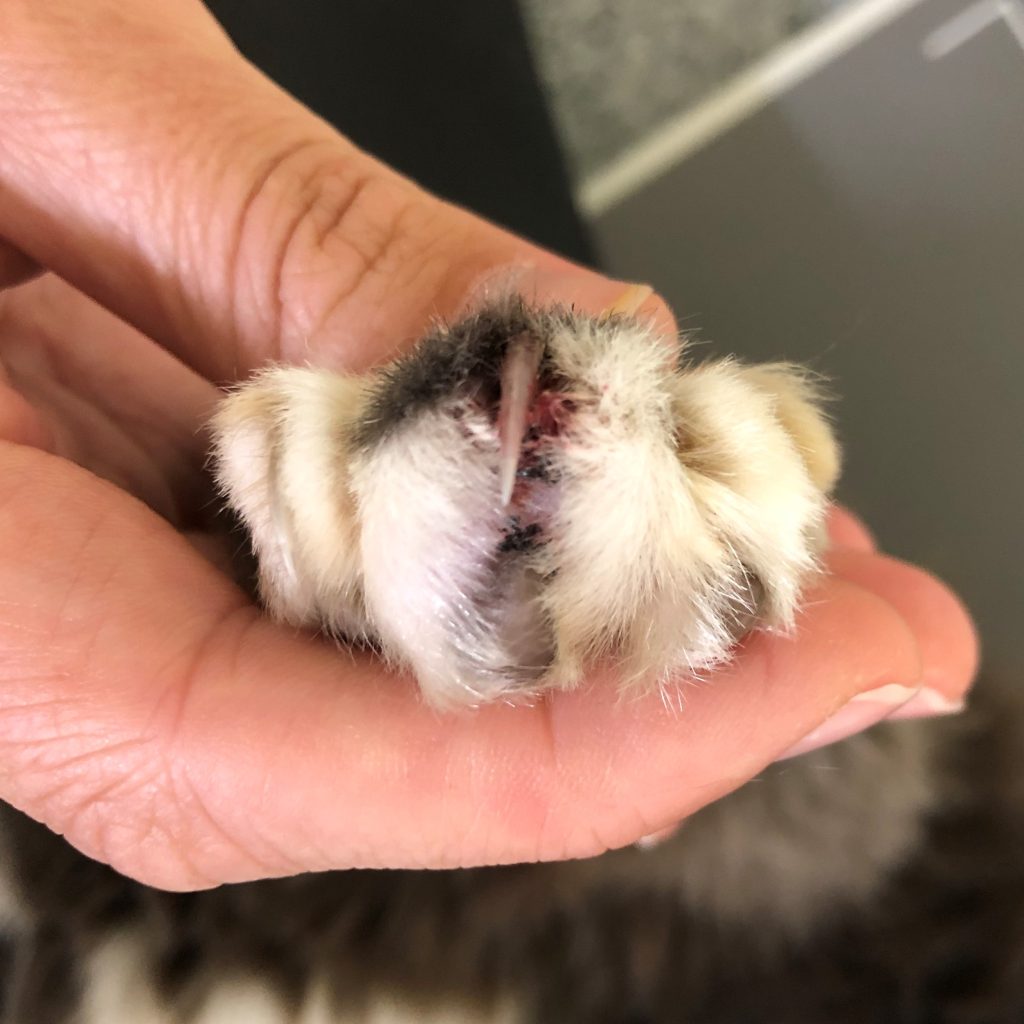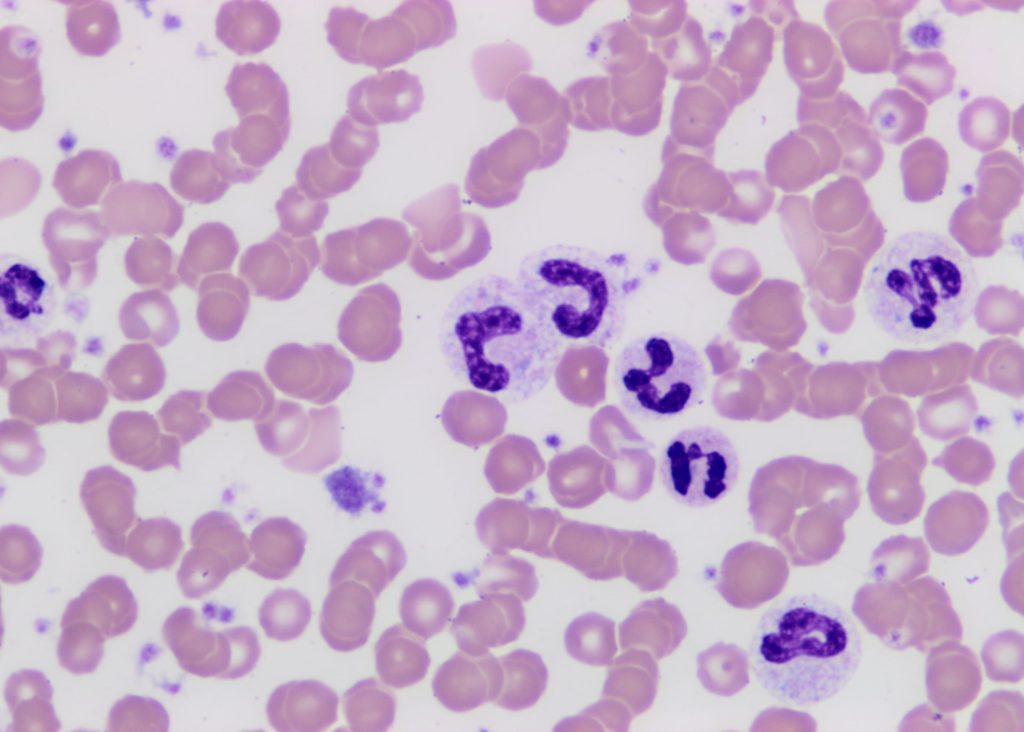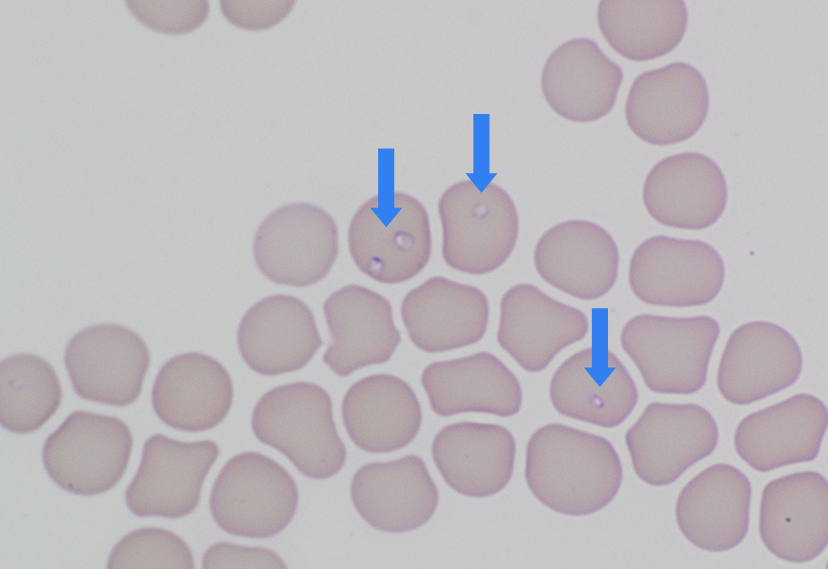CADET® BRAF testing
– accurate canine bladder and prostate cancer testCADET® BRAF evaluates urine samples from dogs for the presence of cells containing a mutation for canine bladder/prostate cancer (TCC/UC). It’s cutting-edge technology that is accurate and convenient for both veterinarian and pet owner.Achieve accurate and early diagnosis of TCC/UCCADET® BRAF is a highly sensitive test designed to monitor the b-raf mutation […]










